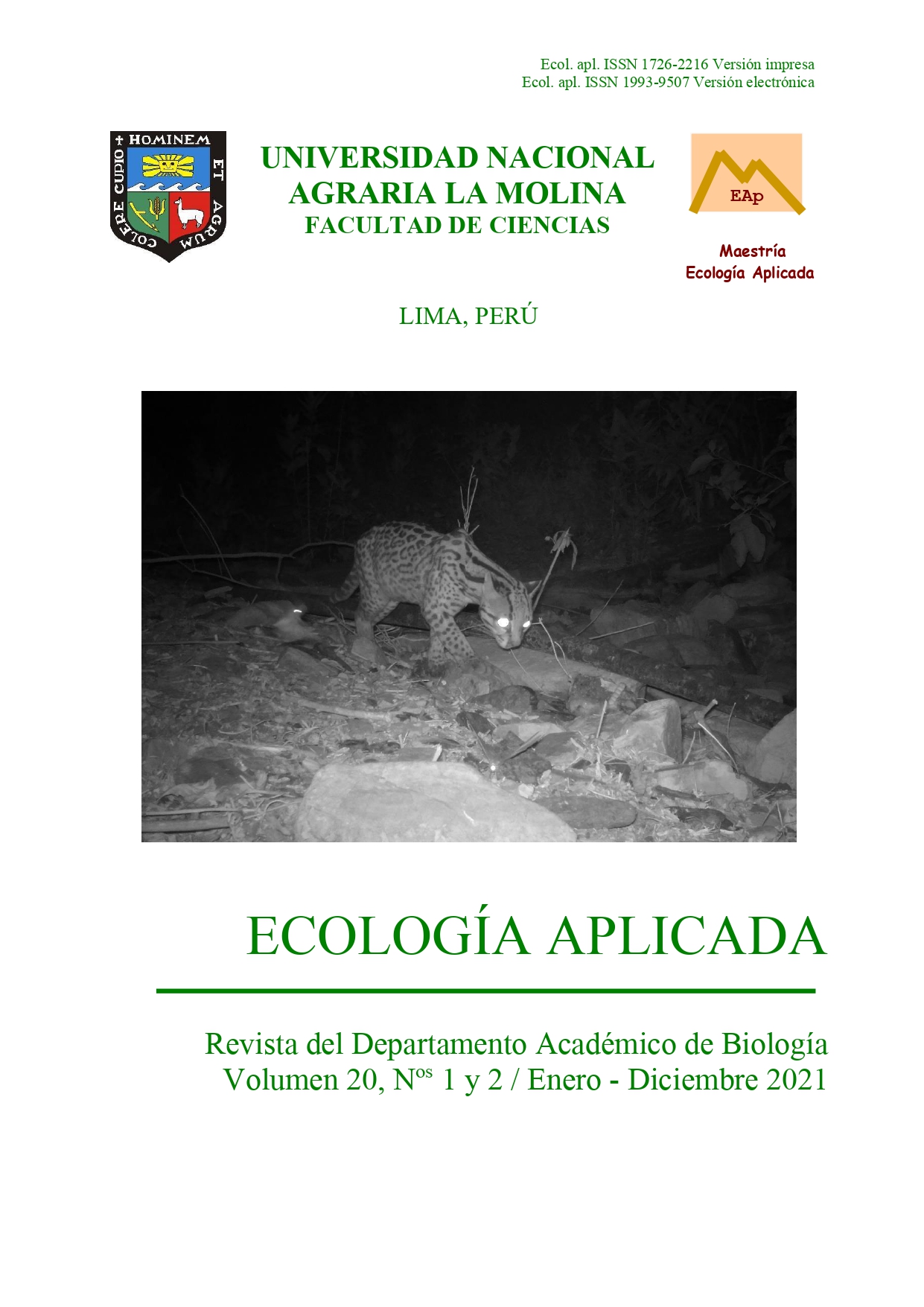COLONIZATION OF DEFORESTED AREAS IN THE PERUVIAN AMAZON BY THE BURROWING OWL Athene cunicularia (MOLINA, 1782)
DOI:
https://doi.org/10.21704/rea.v20i2.1810Abstract
The well-known distribution of the burrowing owl (Athene cunicularia) in Peru encompasses the dry forests of the northwest, the coastal desert, the western slopes of the Andes, and the inter- Andean valleys. However, in the past 20 years, this species has been seen in the Peruvian Amazon, in the regions of Madre de Dios, Loreto, and Ucayali. Although four subspecies of A. cunicularia are registered in the country, it has not yet been possible to precisely define the subspecies that have expanded their distribution range in the Peruvian Amazon. A. cunicularia can be considered an indicator species of anthropogenic habitats, where the primary forest has been replaced by agricultural activities or highly degraded open forests. In the present work, a bibliographic review and monitoring of A. cunicularia sightings in forested areas of the Peruvian Amazon in the degradation process is carried out with the objective of evaluating the expansion in the distribution range of the species in Peru. Eighty new and nesting records of the species were found in places where it had not been reported previously breeding. Broadening of the distribution range of this species in the Amazon colonization is confirmed, from the Peruvian side, following the route of the rivers that descends through the inter-Andean valleys, crosses the high jungle, and reaches the low jungle, in the advance of the establishment on farmland and human settlements.
Downloads
Downloads
Published
Issue
Section
License
Copyright (c) 2022 Víctor Pulido

This work is licensed under a Creative Commons Attribution-NonCommercial 4.0 International License.



